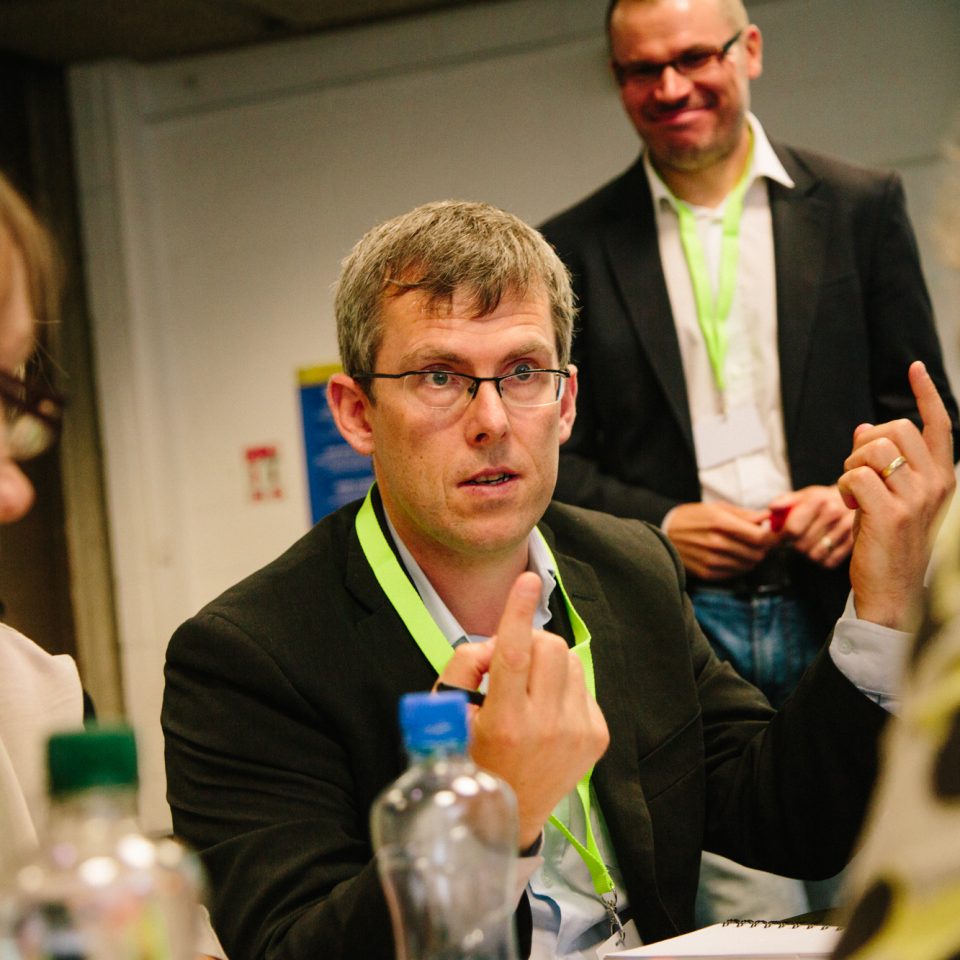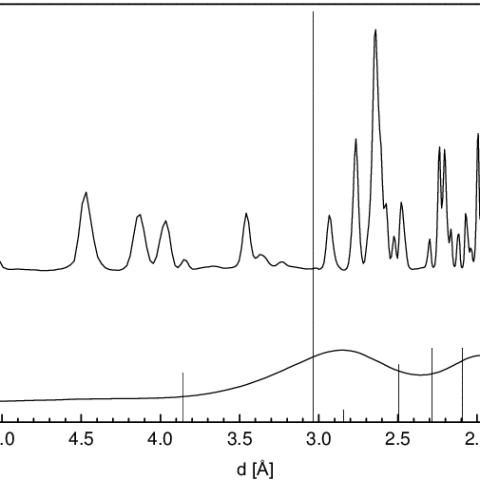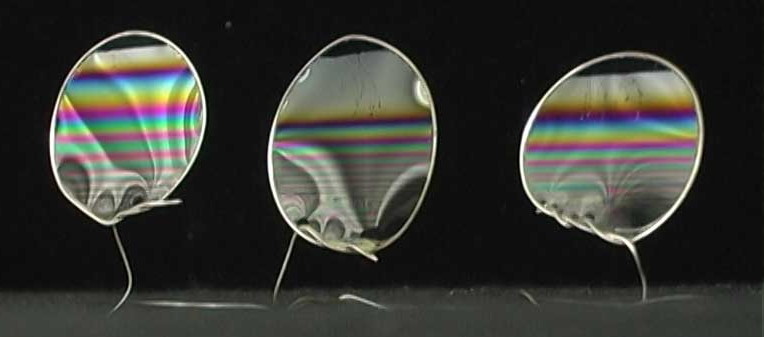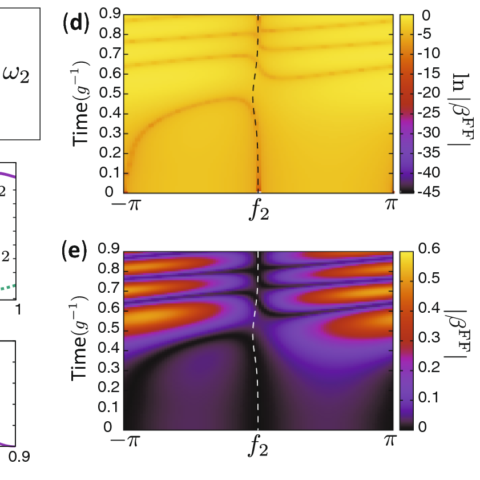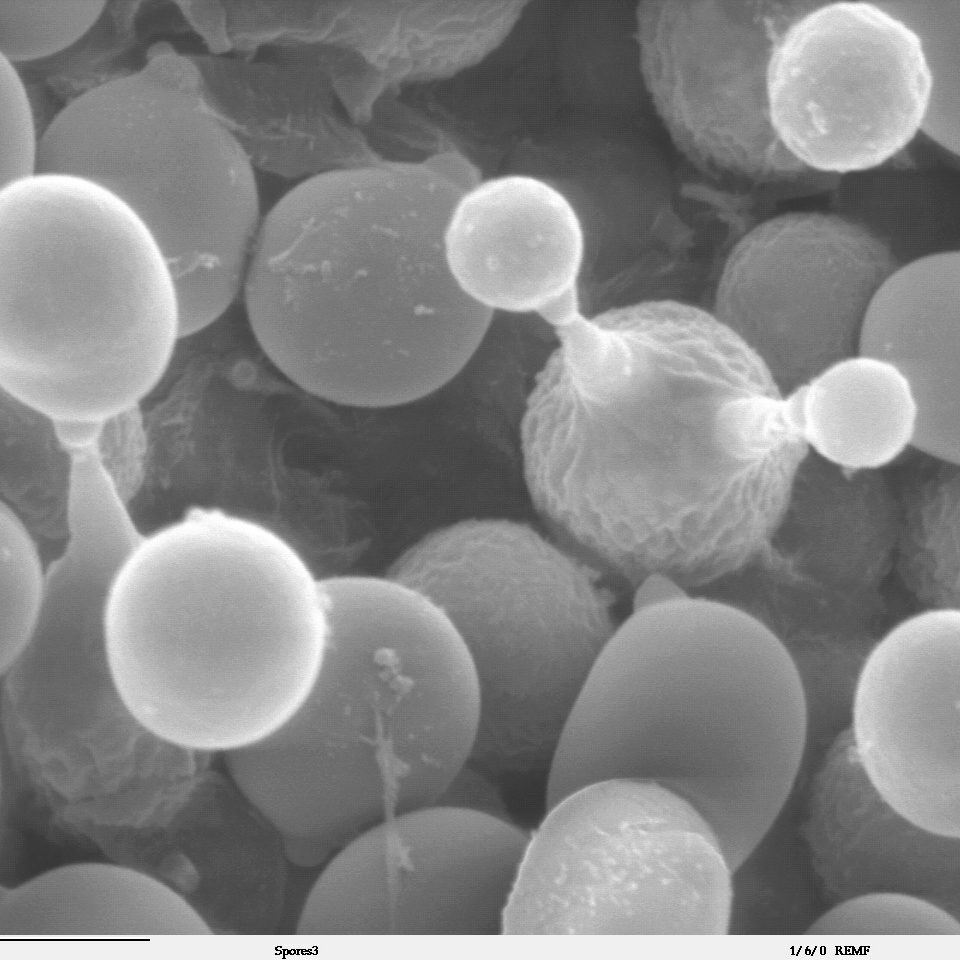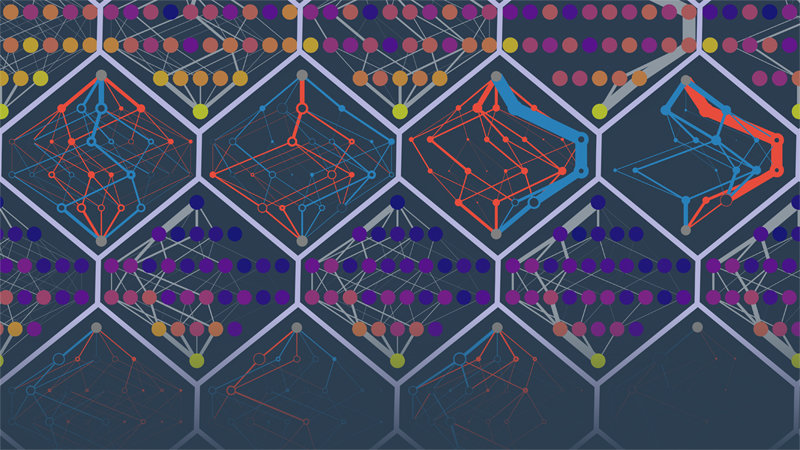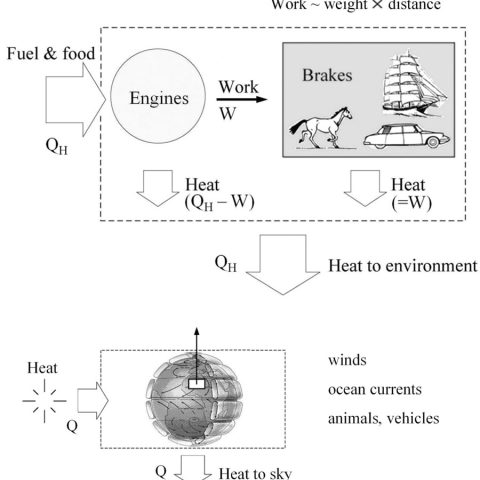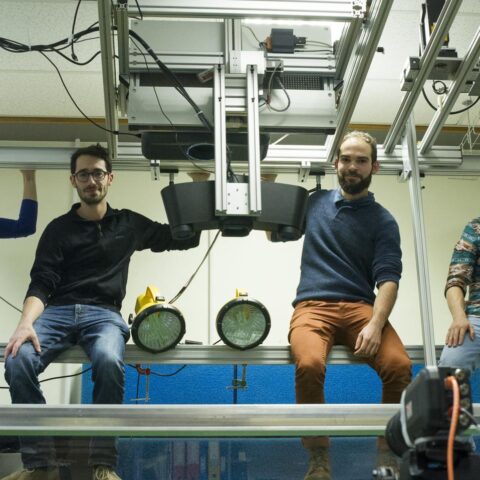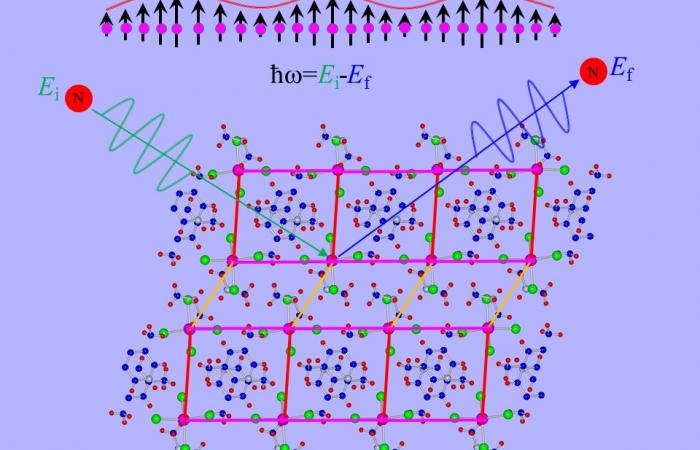About
16 March 2021 2024-05-23 12:13About
University of Science, Technology and Arts (USTA)
It was initially established as the University of Science and Technology, and later the name was modified to become the University of Science, Technology and Arts. The language of instruction is English.
A MESSAGE FROM THE PRESIDENT
Let me emphasize here that there is no short road to any place worth going because only a serious approach can guarantee a fruitful and prosperous result. In making sure that the USTA’s core business of teaching-learning, research and community engagement could continue, we shall continue to adapt to the new normal, explore new ways of doing things, expand our horizons and evolve to become even more than we were before.
As educators and learners, we must help our students to acquire the knowledge, skill, sensibility and attitudes to hold their heads high and speak with clear voices and succeed in the world. Thus, our task as educators is not just about making knowledge resources accessible to our students, but also figuring out how to encourage them to probe deeply into a subject, read and think widely, and to never settle for any easy answers.
The University is so privileged and fortunate to have a strong community of faculty, staff and administrators dedicated and committed to our students. This truly speaks to their tenacity and belief in carrying out USTA’s mission. I would like to express my sincere appreciation to each and every one for their remarkable contributions, support and guidance.
We feel proud of what USTA has accomplished and am highly optimistic in our collective abilities to make successful commitments, both at this time of extraordinary challenges, and in the years to come.
Administration
USTA has five Faculties And a Freshman Program:
- Faculty of Law and Social Sciences
- Faculty of Health Sciences
- Faculty of Engineering
- Faculty of Business And Economics
- Faculty of Literature
Type of Curriculum
USTA operates on an academic semester system and on credit hours curriculum modeled on American system. The curriculum affords students’ freedom in choice as to what is convenient to his/her major of interest within the frame of an integrated academic system. It also facilitates the student’s transfer from one university into another, or in continuation of higher studies in any foreign university. The English Language is the language of teaching and communication at USTA and is an inseparable requirement of the education curriculum.
Vision
Mission
Since its creation in 2004, USTA has claimed, as part of its mission, the right to play a role in providing the highest possible quality higher education at the lowest possible cost in order to meet the needs of individuals, communities and enterprises. The idea that learning can be a joyful experience stands at the very heart of the University of Science, Technology and Arts. USTA is proud to offer new perspectives today’s students need to understand, engage with, and most importantly make a difference in the world around them. With relatively modest class sizes, and the assurance of direct access to highly talented, dedicated faculty members, our students benefit from a learning environment similar to that found at many liberal universities.
University Core Values
Affordability
Academics
Inspiring Student Life
Opened in
Majors, minors & graduate programs
Graduation rate of our student
Faculty
Connect with Unicamp social network for the latest from campus
@uosta_en
Carborane-Cluster-Wrapped Copper Cluster with Cyclodextrin-like Cavities for Chiral Recognition | Journal of the American Chemical Society #Carborane #Cluster #Cu #Cyclodextrin #Chiral #Recognition
This week in #LCSOSynthesisProblem @DuncanBrownsey challenged us with the total synthesis of Wickerol A and B by Gui and coworkers @Jinghan_Gui in @J_A_C_S. #TotalSynthesis #Chemistry
Take a look: https://www.epfl.ch/labs/lcso/wp-content/uploads/2024/06/Wickerol-A-Gui-2020.pdf
Original paper: https://pubs.acs.org/doi/10.1021/jacs.9b11838
Modified Halloysite as Catalyst for the Conversion of Hydroxymethylfurfural to Furandicarboxylic Acid: A DFT Investigation (Dario Duca and co-workers)
Topological electride of 𝑡-YCl, Yiwei Liang, Xinyan Lin, Biao Wan, Zhaopeng Guo, Xuyan Cao, Dexi Shao, Jian Sun, and Huiyang Gou #CondensedMatter #ChemicalPhysics https://go.aps.org/3VwcMZ5
G-Quadruplex mRNAs Silencing with Inducible Ribonuclease Targeting Chimera for Precision Tumor Therapy | Journal of the American Chemical Society #Quadruplex #mRNA #Silencing #Ribonuclease #Chimera #Tumor #Therapy
Polycationic Open‐Shell Cyclophanes: Synthesis of Electron‐Rich Chiral Macrocycles, and Redox‐Dependent Electronic States – Shi – Angewandte Chemie International Edition – Wiley Online Library
Perspective on the Development of Monomer Recovery Technologies from Plastics Designed to Last
A Perspective by Steffan K. Kristensen, Troels Skrydstrup et al. @AarhusUni_int
🔓 Open access in ACS Organic & Inorganic Au 👉 https://go.acs.org/9Gv
A fantastic collection of activities to provoke and deepen mathematical thinking. ‘Thinkers’ will enhance the teaching and learning of mathematics for new and experienced teachers, and for learners from 8 to 18 (and beyond). http://bit.ly/ATMthinkers.
ICYMI, from our Emerging Investigators collection 🎉
‘Gold-catalyzed benzannulations of 2-alkenylindoles with alkynes: a protecting-group-free regioselective approach to carbazoles’ by Youliang Wang at Xi’an Jiaotong University.
Catalyst-Free α-trans-Selective Hydroboration and (E)-Selective Deuterated Semihydrogenation of Alkynyl Sulfones (@JOC_OL): https://pubs.acs.org/doi/10.1021/acs.joc.3c02833.
https://www.organic-chemistry.org/abstracts/lit3/936.shtm
A simple continuous hydrogenation of alkenes and alkynes with in situ generated diimide
Molecular Triplet Generation Enabled by Adjacent Metal Nanoparticles | Journal of the American Chemical Society #Triplet #Generation #Metal #Nanoparticles
Photonic implementation of the quantum Morra game, Andrés Ulibarrena, Alejandro Sopena, Russell Brooks, Daniel Centeno, Joseph Ho, Germán Sierra, and Alessandro Fedrizzi #Quantum #QuantumInformation https://go.aps.org/45eWCru
We’re excited to share our latest preprint on @ChemRxiv! The talented @Zhipengluu developed a new photo-active hypervalent iodine reagent for the diversification of aliphatic C–H bonds. Check it out: https://chemrxiv.org/engage/chemrxiv/article-details/665755b321291e5d1d8dfdbf
Now in @InorgChem! Read the article featuring pyrazine (pz)-bridged dinuclear Ru2(II,II) and Ru2(III,III) complexes and pz-containing mononuclear Ru(II) and Ru(III) complexes, which were afforded through the reactions of the (μ-Cl)3 Ru(II,II) complex: https://go.acs.org/9Gq
Long-Range Gating in Single-Molecule One-Dimensional Topological Insulators | Journal of the American Chemical Society @ColumbiaScience @Columbia @ChemColumbia @APAMMSECU #Gating #Topological #Insulators
Diastereo- and Enantioselective Construction of Stereochemical Arrays Exploiting Non-Classical Hydrogen Bonding in Enolborates (@ChemEurJ): https://chemistry-europe.onlinelibrary.wiley.com/doi/10.1002/chem.202401485.
A Review on the Recent Advances in Developing Radical Methods for the Synthesis of Aliphatic Sulfonyl Fluorides by Zhong-Yan Cao, Saihu Liao, and co-workers

